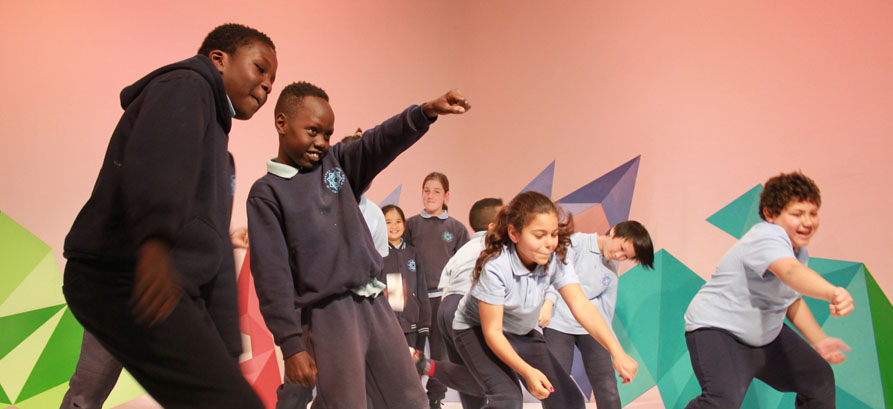So, you’ve been asked to run a professional development session for the teachers at your school? Don’t panic! It’s not as daunting as it sounds. This article will provide some tips and techniques to consider when planning a fun, interactive and worthwhile session for your school.
Running effective creative learning sessions for teachers
- Language
If it’s the term ‘professional development’ that’s freaking you out, why not try thinking of it as a creative learning session instead? A good professional development – sorry, ‘creative learning’ session should do is stimulate discussion, provide practical activities that teachers can implement immediately and inspire them to think about how they might incorporate creative teaching techniques into their classroom.
- Acknowledge different learning styles
Just as children learn in different ways, so do adults! Running a creative learning session with teachers is just like working with a class of really big children. Not all teachers will feel comfortable getting involved in practical creative activities, so why not offer a choice? Those who are kinaesthetic learners can get involved; visual or aural learners can watch (and take notes, of course).
- Learning is a two-way street
If you’re in a room with a bunch of teachers who have to come up with teaching ideas every day – why not use them? It also takes the pressure off you having to come up with a creative solution for everything. There’s nothing wrong with encouraging the teachers to discuss the ways they currently implement the arts in their classrooms – and think of all the great ideas you can get from them!
- Think about space
Where is your session going to take place? If possible, it’s good to conduct the session in the same space you run your sessions with the students – whether this is the gym, music room, school hall or classroom. Bring the teachers into your space and shake up the status quo. If you try and facilitate a session like this in the staff room, you might find that you are fighting an uphill battle.
- Think about timing
Trying to run a session after school on a Friday – not so good. Try for earlier in the week (if you’re doing an after-school session) but it can be useful to try and set up a session on a pupil-free day, so you have their full attention and focus.
Either way, it sometimes helps to bribe them with some kind of food and drink. Discuss this with your school, because they may be willing to put on a bit of a spread (it shouldn’t have to come out of your pocket). However, if you’re a whiz in the kitchen, I have always found that cupcakes go down well …
- The long and winding road
Generally an hour and a half is a good length for an after school session. It means you can get your teeth into some useful discussion and activities and don’t have to lose momentum by having a break. Everybody wins!
- Now, why Professional Development?
It’s always important to find out why the teachers are at the session. It’s a sad fact of life, but some of them may only be there to tick a box for their teacher registration, but there will be others who are generally excited to learn. If you can find out why they are there and what they want to get out of the session at the beginning or, even better, prior to the session, then it will be invaluable to your planning and structure!
- Have fun!
We want teachers to see the value in using the arts in the classroom – so what better way to advocate for this than to get them participating in the activities themselves and having a laugh. Enjoy it!

